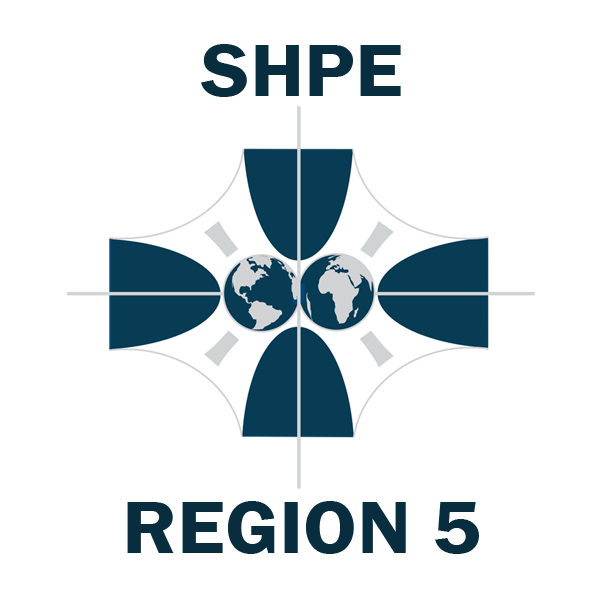By Sarah Elise Vasquez

Social networking sites like LinkedIn have made it easier than ever to connect with other professionals, however this same advantage can take away the authenticity of creating a professional network who will vouch for you when you’re in the market for a new job. Networking sites are often accused of being artificial and self-serving, but before you swear off LinkedIn for good, here are a few tips on how to make quality connections online.
Be efficient and keep it consistent
Just like handing out as many business cards as possible is a poor example of networking, sending hundreds of copies of your resume to companies without doing any prior research is an extremely inefficient way to land an interview. Getting that interview and landing that job is about effort. If you wouldn’t do these low-effort, inefficient actions in real life, why do you do them on LinkedIn?
Be consistent with your LinkedIn use. Don’t just use the career site when you need to update a resume or snoop around on the recruiter you met at the career fair. Take a few hours every couple of weeks to update your audience on your career path— make your goals and achievements public, write a blog post on a topic that really interests you or share an article that you think is relevant to the current industry trends. By engaging your network organically through shared interests and content you’ll be able to show your passion for your industry and build a network of supporters naturally (you might even catch the attention of that recruiter!)
Are you only accepting requests from people you know? Newsflash— this isn’t Facebook
Most people would decline a Facebook friend request from someone they didn’t know but LinkedIn’s creators intended the dynamic of the social networking site to be different than that of Facebook. While you shouldn’t accept just anyone who requests to “connect,” in LinkedIn Founder and Chairman Reid Hoffman’s book “The Start-Up of You,” he suggests that users make “at least one quality introduction a month.”
“For the network to have value as an introduction tool, the connections need to have meaning,” Hoffman told Business Insider. “It’s up to you to vet each and every request so that if someone comes to you and says, ‘Would you introduce me?’ you’re in a position to evaluate whether the connection would be of mutual benefit.”
Before accepting a new request, think about if you’d actually like to have a conversation with this person. By expanding your LinkedIn network you’re given access to other connections you wouldn’t have known! Think carefully, could this new connection become your “cheerleader” and would you want to become theirs?
The Informational Interview
Do you want to learn more about a company or get the low-down on a career pathway you’re interested in? Set up an Informational Interview! An Informational Interview is an informal meeting where you can seek career advice or gather information about a company you’re interested in without the pressure of being in an actual job interview. You can set up these meetings in-person or over the phone and with any person you think may be helpful!
So, how do you “connect” with someone you don’t know? There are two ways:
- Ask for an introduction
Asking a coworker, supervisor, or friend to introduce you to another professional you would like to speak with is one of the best ways to expand your network and feels really natural. Who wouldn’t follow up after hearing a good recommendation about you?
- Reach out on your own
Messaging professionals you haven’t met and even those who don’t share mutual connections with you is totally allowed!
And yes, both work! Go ahead and connect with other LinkedIn users and invite them to meet with you for an informational interview, most professionals would treat your invitation as a complement.
If you’re not sure how to craft such a message or worried that you might come off as too forward, see an example template below:
Hi ______,
My name is [first and last name], and I’m a [Describe your current career state? Are you still a student? Are you a fellow or in some type of program that this person may know of or be connected to?]. I saw that you work at so-and-so company and thought you would be an excellent person to seek advice from [state that you are seeking their expertise or that you respect them as professionals in their field]. Optional sentence: If you and this person have a mutual acquaintance, this sentence may be an appropriate spot to name drop. Ex: I saw your profile after connecting with Jane Deer or Jane Deer suggested I reach out to you].
I am…[This next paragraph should describe your purpose in reaching out to them. Are you considering exploring a new career path and seeking direction, are you wanting to hear more about the daily expectations of a particular job? Be honest and be clear with your intentions. Ex: I will be graduating from university soon and am really interested in learning more about the day-to-day of a product manager. I’d like to learn more about this position and how I should prepare myself to eventually be in this role]
What does your schedule look like for the next week? I’d love to speak over coffee or lunch if you’re available. If not, speaking to you over the phone would be great!
You can see my availability below:
[State your own availability right away! Professionals are busy, so make saying yes to your invitation as simple as “Yes, let’s meet at my office at 2pm!” Not only does this make planning easier and quicker, but hardly anyone does it—making you look really good for taking the initiative and not make planning coffee any more difficult than it needs to be]
- Monday, 2-5pm EST [Don’t forget to list your time zone if you and this person live in different parts of the country]
- …
- ….
Hope to hear from you soon!
[Your first and last name]
Don’t be afraid to change the template to match your own voice but stay considerate and professional throughout the entire message.
Not everyone is comfortable with creating online “connections,” but remember through thoughtful networking and active use of LinkedIn some of these “connections” might end up becoming very real networks!




